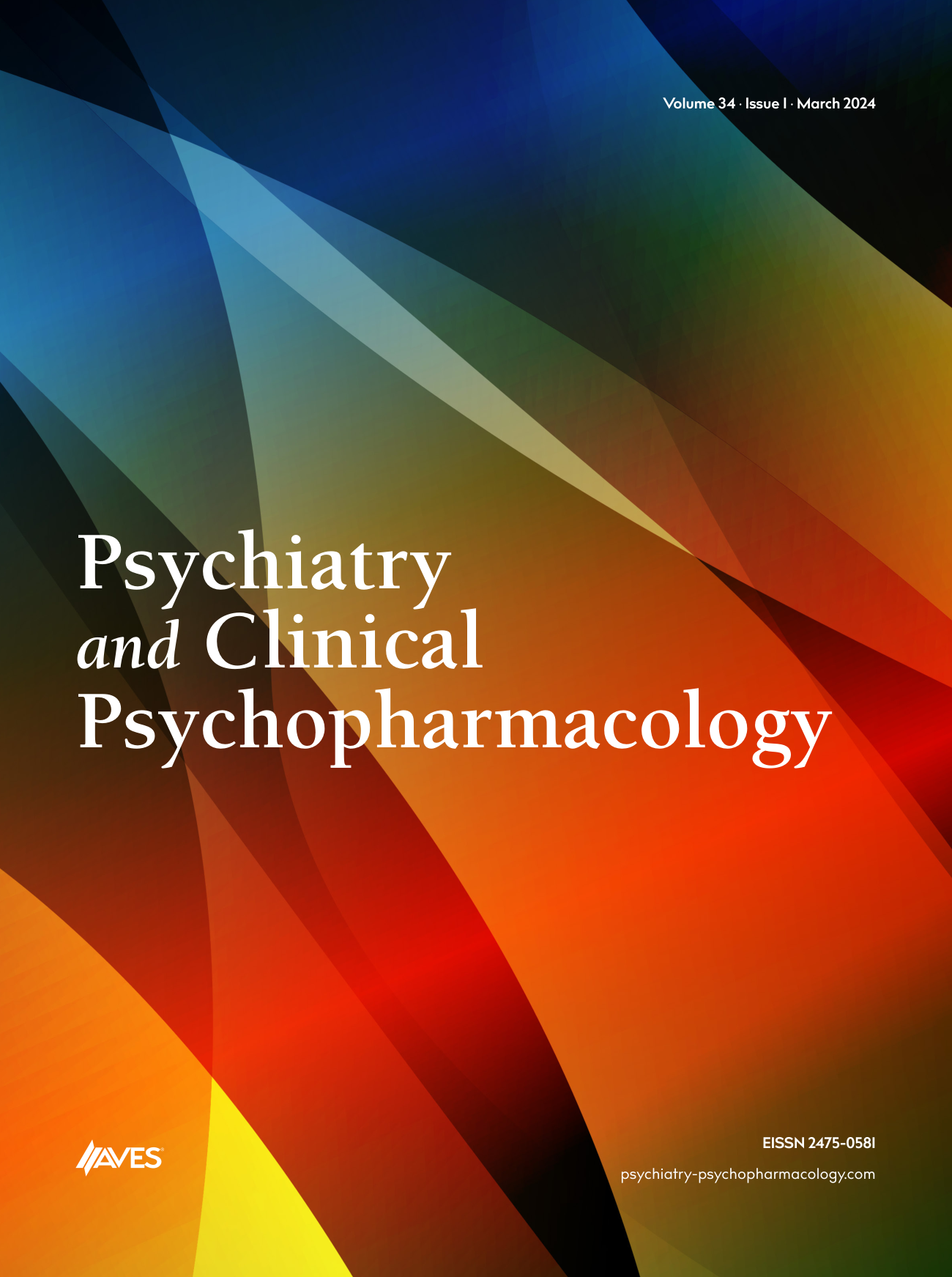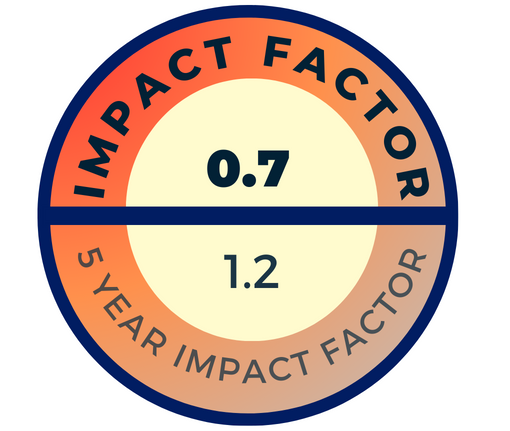Objectives: Some studies have shown that adults diagnosed with major depression have longer reaction time compared to the healthy population. Longer reaction time may result in educational and occupational impairment and increased risk of fatal driving incidents. Consequently, any impact on reaction time induced by drug therapy may have either positive or negative effects on treatment outcome and quality of life of patients. Bupropion is an effective antidepressant, which clearly acts via different mechanisms than other antidepressants. Its mechanism of action is thought to be dopamine and/or norepinephrine reuptake inhibition with negligible effects on serotonin. While bupropion is considered an antidepressant with minimal effects on alertness and cognitive function, the present study was designed to evaluate the effects of bupropion on reaction time in comparison with şuoxetine, in adult patients with major depressive disorder.
Methods: A total of 30 patients who met the DSM-IV criteria for major depression were recruited for this study. Patients were randomly assigned to receive either bupropion (200 mg/day) or şuoxetine (20 mg /day) for 4 weeks. Reaction time was assessed at baseline, 2 and 4 weeks of treatment using validated computer-generated tasks and keyboard tapping tests in which the data was collected and analyzed for auditory and visual stimuli. In addition, the participants were assessed using the Hamilton depression rating scale at baseline, 2 and 4 weeks of treatment. The number of correct responses, omissions, and substitution errors for each stimulus were calculated.
Results: No significant differences were observed between the groups regarding demographic characteristics and Hamilton depression score at baseline. In both groups, the number of correct responses to the visual stimuli increased significantly after 4 weeks of treatment (P<0.05). However, significant improvement in the end point auditory task scores was observed solely in the bupropion group compared to the baseline. Furthermore, the number of correct responses to visual stimuli was significantly greater in the bupropion group compared to the şuoxetine group after 2 and 4 weeks of treatment. Mean reaction times showed no significant differences between the two groups at the end of the study.
Conclusions: Results of this study showed that bupropion did not seem to change reaction times of the patients more than şuoxetine. However, as the number of correct responses to visual stimuli improved, it may be suggested that bupropion treatment in this population may enhance concentration more than şuoxetine.



